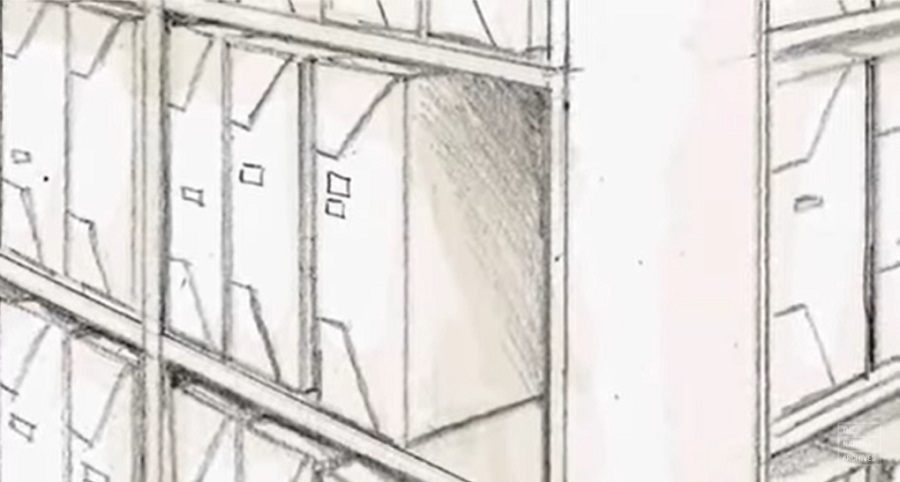Discover more about the journeys our documents have made before reaching The National Archives and how they may be useful for many different types of research today.
Transcript
The National Archives is home to 1,000 years of government records and information. When carrying out research, it's helpful to remember that when these records were created they were working documents created for specific purposes.
For example, the Admiralty required navy ships to keep logs of voyages. A nineteenth-century ship's log was compiled by the ship's captain or master, and contained information about the day-to-day events that happened on the ship. Supplies taken on board were often recorded; details of the ship's position and course plotted; the weather noted; and the punishment of crew documented.
Surviving logs were passed to the Admiralty where they could be consulted and studied for information on things like tides and currents. These logs are now stored at The National Archives.
The logs have been bound, catalogued, put in boxes, labelled and carefully stored so that they can be identified and retrieved for researchers to use. Electronic copying and good conservation will ensure that these documents remain accessible for hundreds of years to come.
These ships' logs now provide unique and important information for research on many different subjects: food supplies taken on board - important to nutritionists investigating diet and health; ships' movements and courses - fascinating to naval historians; weather information - for meteorologists researching climate change; and the life of people on board - important to family history researchers.
As well as ships' logs, many other documents held by The National Archives contain fragments of useful information. By digging around in these original sources, created for reasons very different from your research, you can find all sorts of surprising and interesting information.
More video guides
How the records are arranged
Understand how records are arranged to help save you time and make your research more productive.
Ordering documents
Find out how to copy, order and view the documents held by The National Archives and how to access popular records online.
Preparing to research
Find out where to look when you first start your research, and how to assemble and organise your findings to get better results.
Recording research results
Discover how to record all your results effectively so that you can find useful information again in the future.
